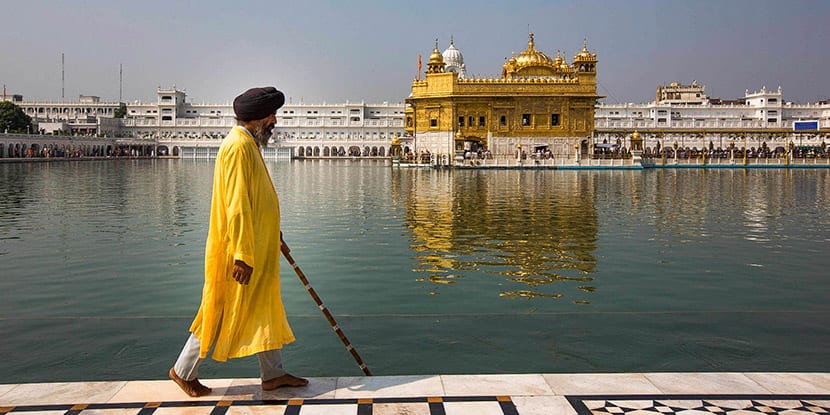
India it is an amazing destination. It is not for everyone, although many say that a trip to India changes their lives. Is it true? Beyond the spirituality of the country, the truth is that it has many beautiful places, natural landscapes, but also buildings. It is the case of Golden Temple.
There are many golden constructions in the world, the golden one is popular, but the Golden Temple o Harmandir Sahib) it is unique. Are you planning to go to India? Then this article is for you.
The Golden Temple
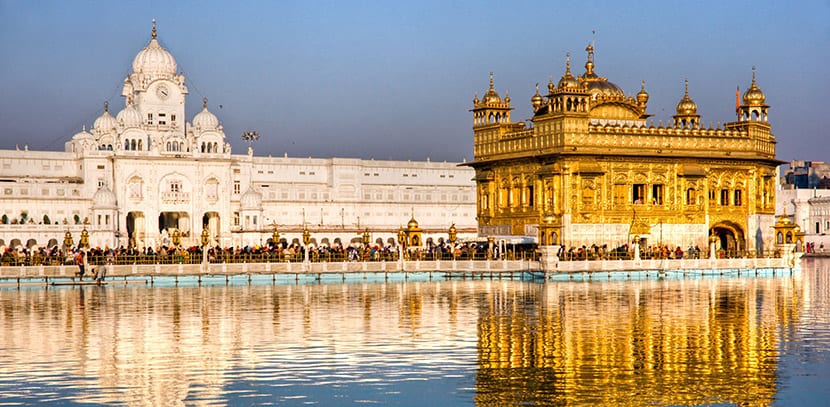
It is located in the city of Amritsar, in the north of the country, where little more than a million people live. Bordering Pakistan, it is barely 32 kilometers apart from Lahore, a city belonging to this other country.
The temple It is the cultural and spiritual axis of the sij. The sikhism, It is worth remembering, it is one of the indian religions which was founded between the XNUMXth and XNUMXth centuries by the hand of Guru Nanak. At that time the conflict between Islam and Hinduism reigned and today, if we talk about the number of believers, Sikhism ranks ninth among the most popular religions.
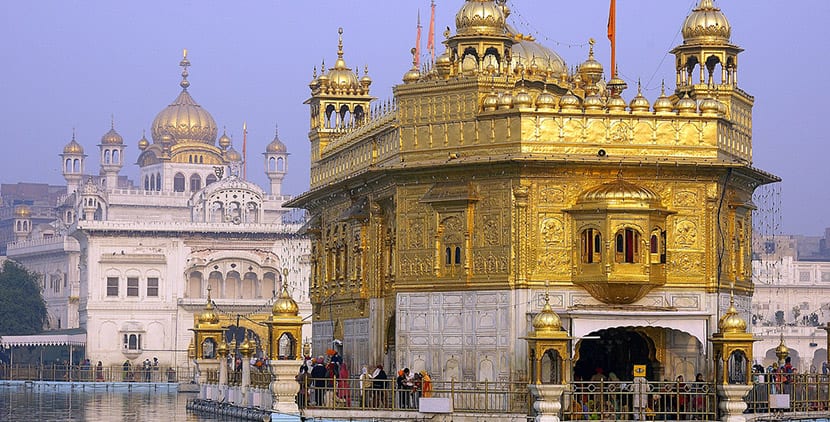
Sikhs they believe in a single god and in ten truths that are collected in a sacred book, the Guru-grant sajib. These truths include remembering God all the time, valuing and respecting ideals such as compassion, truth, or humility, leading a productive life, and always accepting God's will, among others. 19 million faithful live in India and at the beginning of the XNUMXst century a Sikh, Mamohn Singh managed to be elected Prime Minister of the country, the second non-Hindu politician to hold office. Nothing bad.
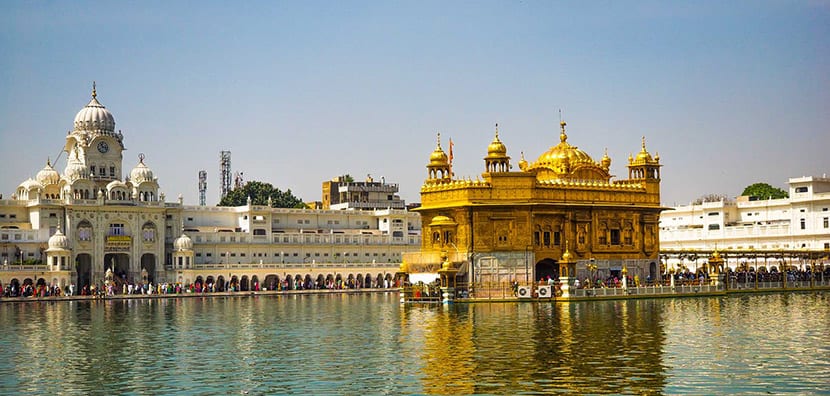
The temples in this religion are named after gurdwaras and the main one is the one that summons us today: the Golden Temple of the city of Amritsar. What is its history? Well everything goes back to the year 1577 when Guru Ram Das dug a moat in this place, ultimately the artificial lake that surrounds it today and is called Amritsar, like the city, which in turn means «nectar pool ».
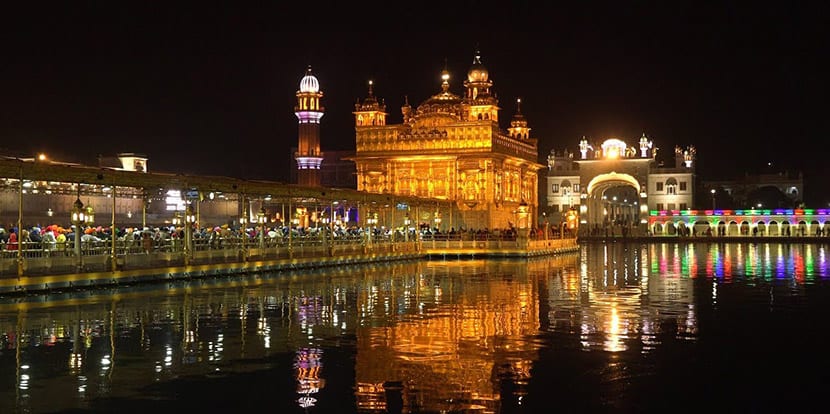
The construction of the temple took place between 1588 and 1604, all in life of the same guru. On the main altar, when the works were completed, the sacred writing of the Sikhs, the Adi Granth, was placed. This book has about six thousand hymns and it opens and closes every day, ritually. These hymns were compiled in 1604 by different gurus until in 1704 Guru Gobind Singh added more hymns and later established that no more gurus would be accepted after his death and that the holy book would become El guru.
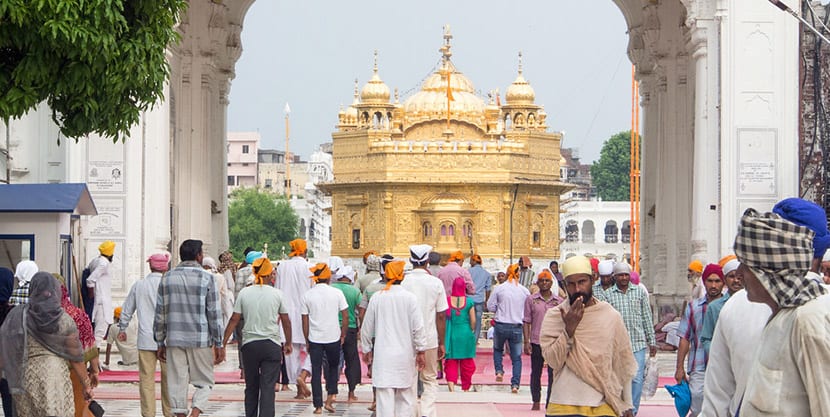
The Golden Temple represents the Sikh thought form so it has four entrances, one per side, which symbolize the openness of this religion towards the others. Anyone can enter even today. It doesn't matter if you are Jewish, Muslim, Buddhist or Christian. It doesn't matter if you are black, white, yellow, male or female. You just have to behave simply and respectfully. cover your head, sit on the floor, don't drink, go barefoot.
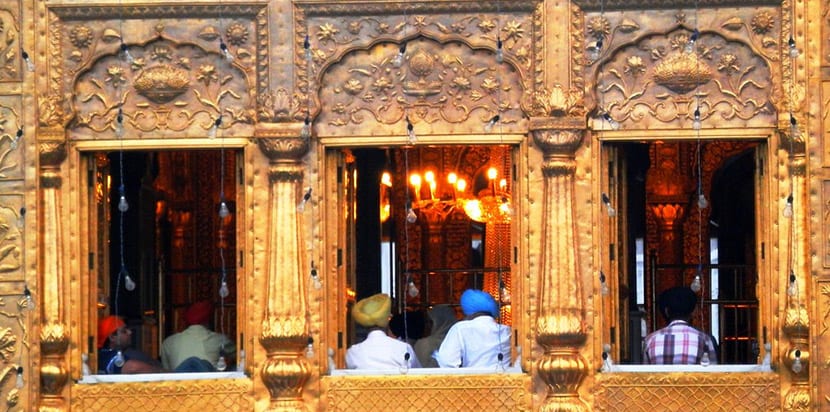
It is the Sikhs themselves, some volunteers, who maintain the building and part of the money for that comes from donations made by Sikhs around the world. These laborious hands polish the marble and copper and gold with which the temple was worshiping in the XNUMXth century, when it was completely renovated after a few decades of neglect.
But what is the Golden Temple like? Well a mix of styles, Indian, Islamic, Hindu… The holy hall is 12 meters by 25 meters, it is square, and has two floors with a golden dome. In turn has a marble floor 19, 7 by 19, 7 meters and a indoor pond of 5 meters deep surrounded by a marble passage of 1. 3 meters wide that is traveled in a clockwise direction.
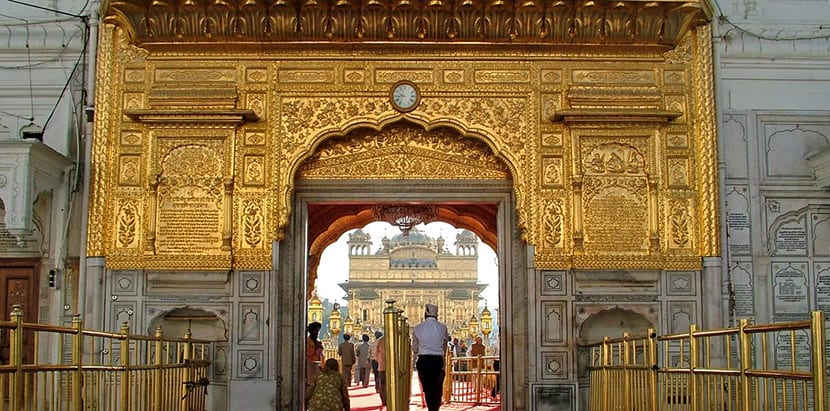
This room is attached to the platform by a path or walkway. If you want to get into the pond it is possible, Sikhs consider that water has powers that help and repair karma and you will see people carrying plastic bottles with that water. It is frequently distilled and drained by the same volunteers who maintain the entire temple.
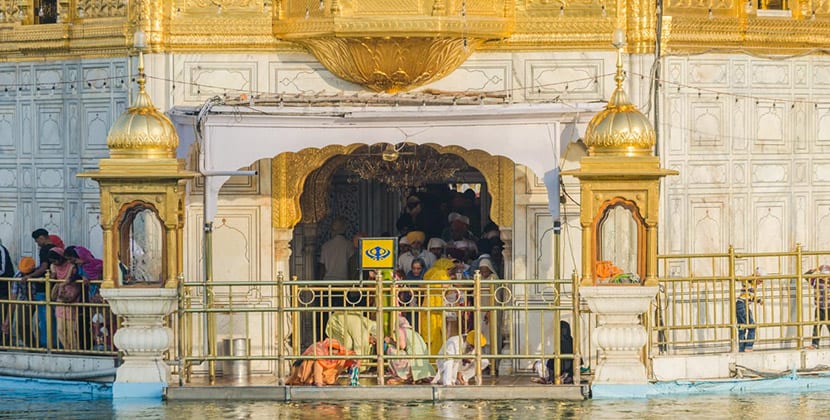
The hall in turn has two floors, the sacred writing is on the first floor about 20 hours a day. Four hours is taken from there and taken to another room, all amid elaborate ceremonies. The upper floor is a gallery connected by stairs. Gold and copper shine everywhere and there are natural motives too. The ceiling is decorated with gems and the floral designs that surround everything and that are in the marble panels around the room are arabesques.
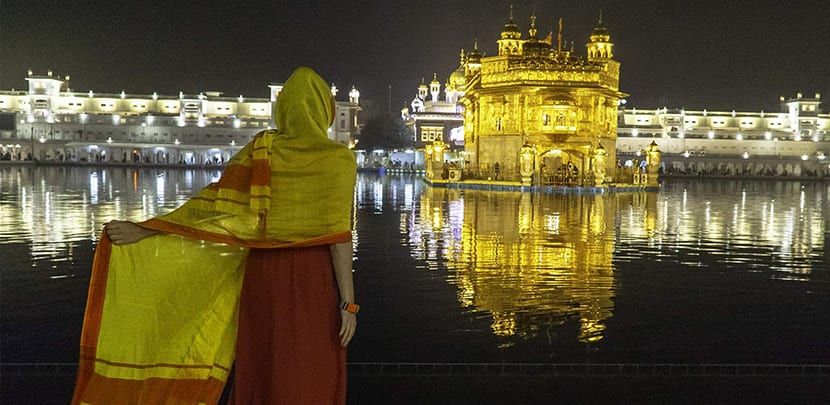
There is another building, located in front of the walkway and the holy hall, which is the headquarters of the political branch of the Sikhs within the state of Punjab. This is the akal takht, the Throne of the Timeless God. You will also see a clock tower that obviously did not exist before. The British demolished a building after the war with the Sikhs and built the Gothic-style clock out of red bricks. It was demolished seven decades later and today there is something more harmonious with the temple.
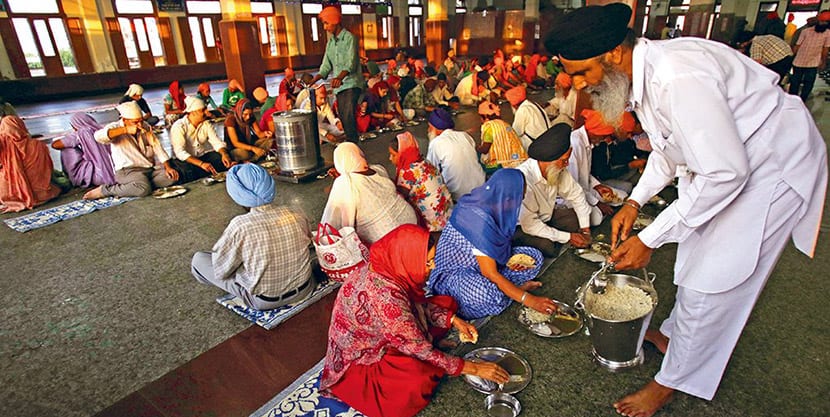
You will also see some trees that are cared for with great respect, since originally the Golden Temple complex was an open complex and trees surrounded the pond. One is next to the clock and it is believed that the builder of the temple sat here to watch the works progress. There are two other trees that are vigorously preserved.
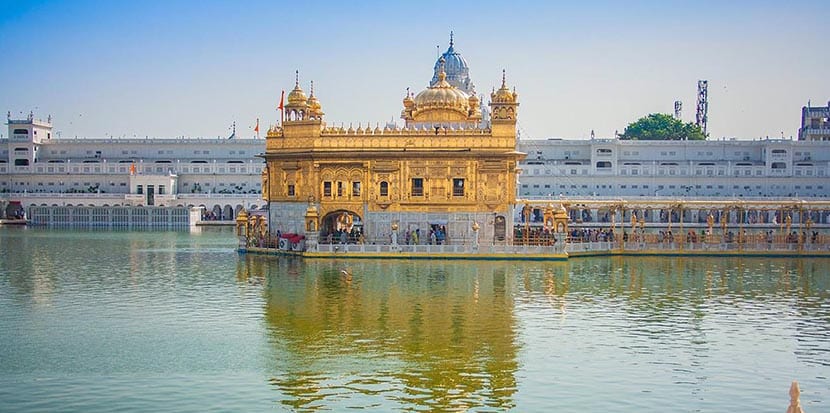
And finally, if you want to know more about Sikhism you can visit the Sikh Museum which is at the north entrance of the temple. There are paintings of martyrs and gurus, stories of how they were persecuted through history, historical objects and much more. A new underground sector has also been annexed, near the clock but outside the temple courtyard.
If you plan to travel to India and want to know the Golden Temple you will be able to witness various daily rituals y free food 24 hours a day.